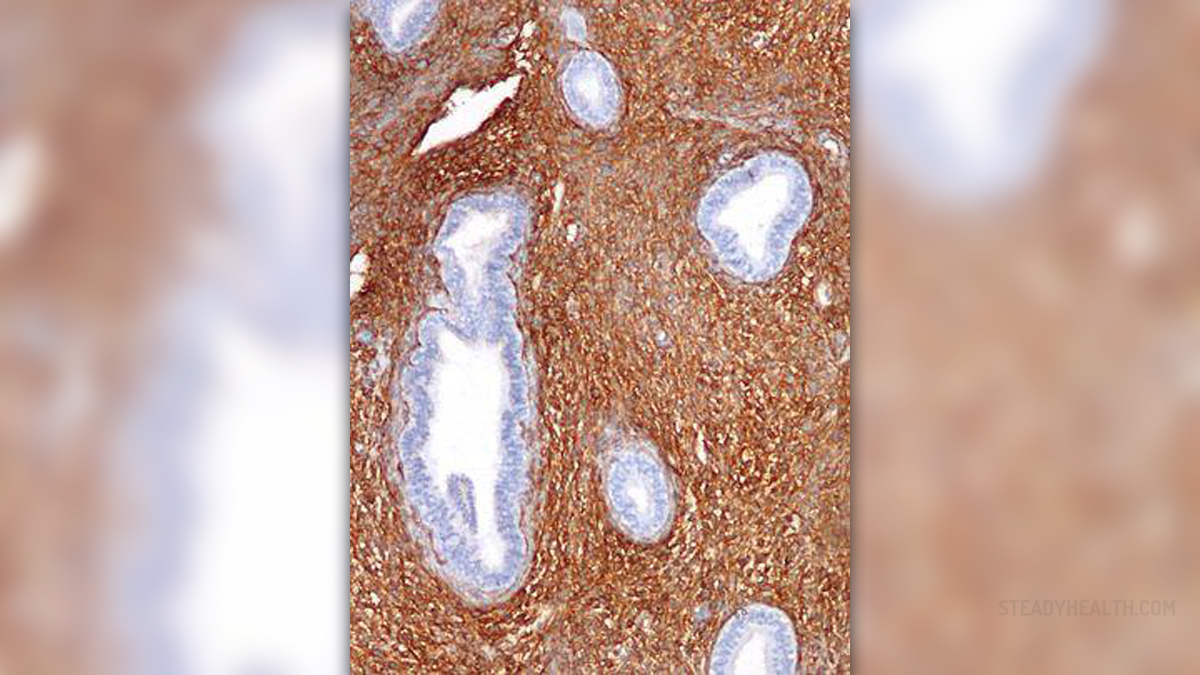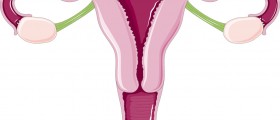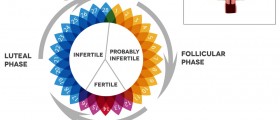
Overview of Ovarian Function
Ovaries are one of the reproductive organs in women. They are a set of organs located in the abdomen whose primary function is to produce sex cells or eggs. In most of the regular cycles one ovary is active every month, producing one egg per cycle. The ovaries are connected to the womb via fallopian tubes, which transport the egg either to be implanted into the uterus if it gets fertilized or to be expelled from the body in the menstrual blood. Another function of the ovaries is to produce female sex hormones, estrogen and progesterone. The hormones are released from the ovaries into the blood stream that takes them to other body parts where they regulate a variety of functions.What Is Endometrial Cyst?
Every month in a regular woman’s cycle an egg is produced in a tiny protective sac called the follicle. During ovulation the mature egg is released and the follicle is transformed into corpus luteum. In case a pregnancy occurs the corpus luteum assists in producing hormones that are necessary for a healthy development of the zygote. If the egg does not get fertilized the corpus luteum destroys naturally and disappears within a few weeks. When it comes to cysts in the ovaries and the womb, they are often formed when follicles and corpus luteum do not disperse but remain in the body in the form of sacs. The sacs that fill with liquid are called cysts. A cyst can occur in many places and its fluid can be dense or sparse which in turn defines its shape and size. Cysts that occur in the ovaries are fairly common and in most cases do not produce any harmful effects as they develop and disappear on their own. In some rare instances ovarian cysts can grow from benign to cancerous over time in which case they have to be removed as soon as possible. Further, the most common types of cysts include corpus luteum, follicular, endometriomas, dermoid, and cystadenomas. Both corpus luteum and follicular cysts occur when their primary structures do not leave the body. A large number of such cysts can lead to infertility or difficulties in conceiving while only a few do not pose harm. Another type of cysts is called endometriomas, which are cysts that lead to a build up of the tissue regularly found inside uterus on the outside. The condition is called endometriosis and in some instances cysts that are filled with blood contribute to the debris. Most of such cysts are nontoxic. Dermoid cysts often appear in younger women and can be fairly large in size. The cells that create eggs in the ovaries form the dermoid cysts. As female sex cells have the potential to develop into many different types of cells, dermoid cysts often contain unusual contents such as parts of bones, hair, fat, and so on. In most instances dermoid cells go away on their own within a few menstrual cycles and can often be hereditary. Laslty, cystadenomas are the type of cysts that are created from cells that form the outer layer of the ovaries. They can be quite large and in some instances develop into a tumour. If a woman has many different cysts in the ovaries it is said she is affected by the polycystic ovary syndrome. A large number of cysts can occur if the ovaries are not functioning properly or if there is a hormonal problem. The syndrome often interferes with the menstrual cycle causing its irregularity. Other negative effects include weight problems, infertility, acne, and excess hair.Signs and Symptoms of Ovarian Cysts
In most instances the smaller the cyst the less likely it is to produce any symptoms or discomfort. In other cases cysts can lead to abdominal pain or painful sexual intercourse. If the cysts burst the person feels sudden sharp pain. Irregular periods are also frequently reported in women who are affected by a significant number of ovarian cysts. Larger cysts can cause swelling in the abdomen or may disrupt other organs such as the bladder and lead to urinary problems. In rare instances the cysts could start to develop cancerous cells. When it comes to diagnosis, vaginal exams are sometimes able to detect the presence of cysts but ultrasound is the most precise method for discovering cysts.What Causes Endometrial Build Up?
Endometrium is the inner layer of the uterus composed of two separate sub layers called functional and basal layers. The functional layer is created and destroyed every cycle when there is no fertilization. The basal layer develops the functional layer and always remains in the uterus. If due to hormonal imbalance or different types of physiological problems the endometrium is not properly expelled from the body the debris that is left is accumulated over time and can lead to a variety of problems, which mostly include conception difficulties, as the egg cannot be properly implanted into the uterus.















Your thoughts on this
Loading...